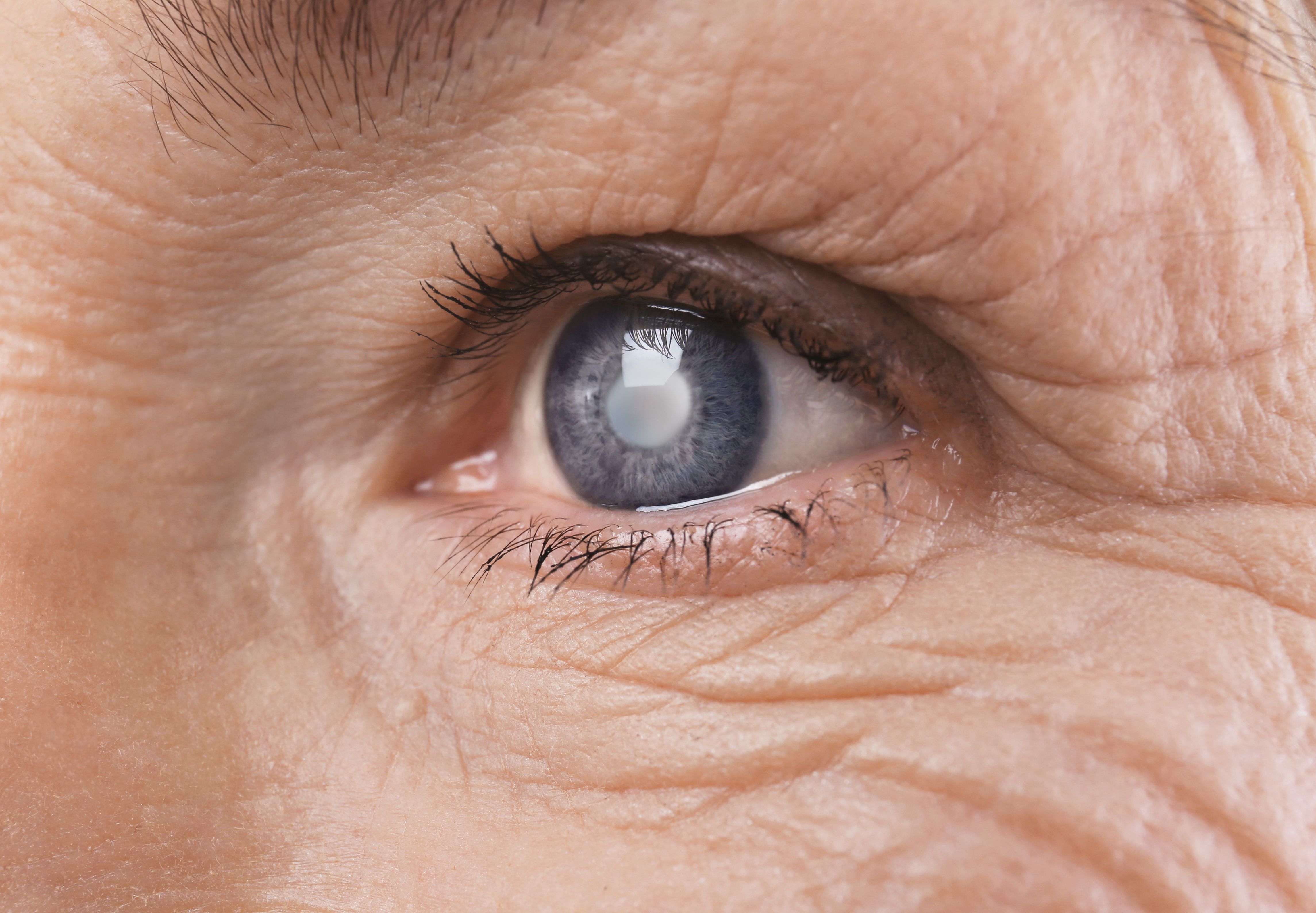- Center on Health Equity & Access
- Clinical
- Health Care Cost
- Health Care Delivery
- Insurance
- Policy
- Technology
- Value-Based Care
Intraocular Pressure in Glaucoma Predicted Through Machine-Learning Model
A machine-learning model developed in this study was able to predict 24-hour peaks for intraocular pressure (IOP).
A machine learning model was able to accurately predict peak and average intraocular pressure (IOP), according to a study published in Frontiers in Medicine.1 This learning model could help with management and treatment of glaucoma.
IOP is a primary risk factor in glaucoma, which is a leading cause of blindness.2 Variation of IOP occurs throughout 24 hours and peak IOP could occur outside of clinic hours. Measurements can be taken in hospitals or at intervals, although these methods are not always practical. Machine learning can act as a means of prediction by examining the dynamics of IOP. This study aimed to develop advanced machine-learning algorithms to improve the prediction accuracy of the peak and average IOP over the course of 24 hours.
IOP monitoring data collected through 24 hours and basic patient demographics were gathered from electronic medal records. The demographics included age, sex, central corneal thickness, and blood pressure. Patients were included if they were aged 18 to 85 years and were diagnosed with suspected glaucoma, primary angle-closure glaucoma, or primary open-angle glaucoma. Patients who had 24-hour monitoring of IOP in only 1 eye, had other types of glaucoma, had a history of ophthalmic surgery, or had concurrent corneal diseases were excluded.
Predicting IOP could help in managing and treating glaucoma. | Image credit: Africa Studio - stock.adobe.com

Inpatient conditions were used for 24-hour monitoring of IOP, starting on the first day at 10 AM and concluding at 8 AM the next day, with measurements collected every 2 hours. All eyes had a minimum of 3 measurements, and blood pressure measurements were also collected. Noncontact tonometry was used to measure IOP. Most of the data (80%) were used for the training set, whereas the remaining data were used to test the accuracy of the model.
Logistic regression, nearest neighbors regression, random forest regression (RFR), support vector regression, and K-nearest neighbors regression were the machine-learning algorithms used for this study.
There were 517 patients whose data were used for this study, encompassing 1034 eyes. The lowest levels of IOP were collected at 8 PM and 10 PM whereas the highest levels were found at 2 AM and 4 AM. High outlier values were found between midnight and 6 AM.
The highest overall performance for peak IOP prediction came from an RFR algorithm that used a combination of IOP values from 10 AM, 12 PM, 2 PM, and 6 PM, with a mean squared error (MSE) of 5.248 and a root MSE (RMSE) of 2.291. The highest performance for 24-hour average IOP prediction came from an RFR algorithm that used a combination of measurements from 10 AM, 12 PM, 4 PM, and 6 PM, which had an MSE of 1.374 and an RMSE of 1.172. The RFR algorithm was found to be the best performing algorithm overall for both peak and average IOP.
There were some limitations to this study. The sample scope and data sources were limited, which may require future studies to validate the findings. The method of measuring IOP, the CT-80 noncontact tonometer, could be influenced by corneal characteristics, which could overestimate IOP. Supine IOP is higher than seated IOP, the latter of which was used for this study, which would require future studies to evaluate IOP changes while sleeping.
The researchers concluded that this machine-learning model would be able to make relatively accurate predictions of the peak and average IOP in a patient over the course of 24 hours. This can help with glaucoma management in these patients as knowledge of IOP can inform treatment.
References
1. Chen R, Lei J, Liao Y, et al. Predicting 24-hour intraocular pressure peaks and averages with machine learning. Front Med. 2024;11:1459629. doi:10.3389/fmed.2024.1459629
2. Glaucoma. Mayo Clinic. September 30, 2022. Accessed October 24, 2024. https://www.mayoclinic.org/diseases-conditions/glaucoma/symptoms-causes/syc-20372839
